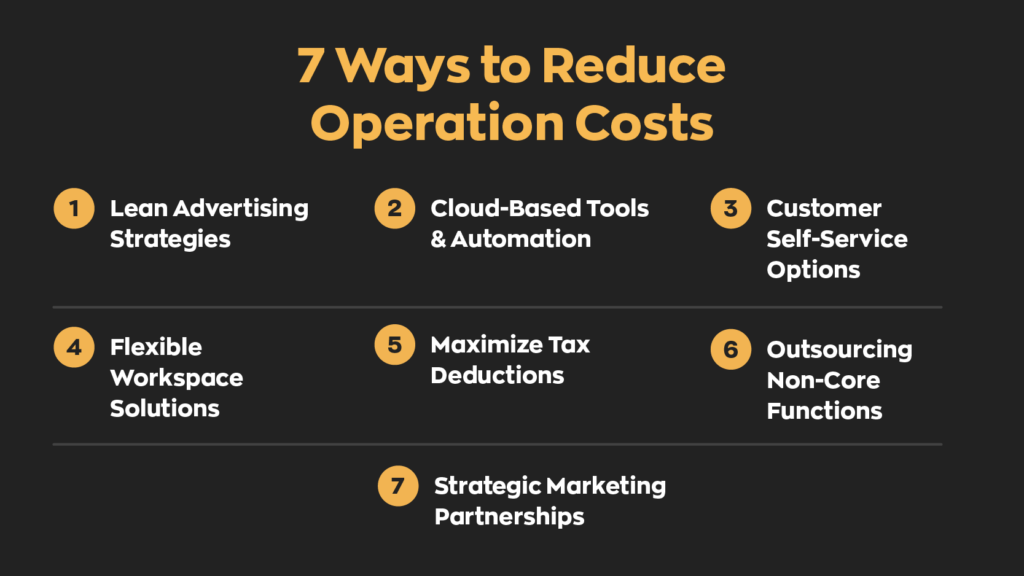Founded in 2006, Shopify remains one of, if not the, most popular ecommerce platforms currently available. In addition to its “normal” subscription plans, Shopify offers a premium iteration named Shopify Plus. However, those businesses enjoying Shopify Plus pricing are about to see an increase that may significantly impact their operations.
Like any unexpected increase in overhead, the bump in Shopify Plus pricing has created panic among small business owners. Today, we’ll discuss the Shopify price increase, how it will affect businesses around the globe, and things you should consider going forward.
What is Shopify Plus?
Shopify holds 16.3% of the global ecommerce market, and there’s a good reason so many ecommerce businesses utilize the platform: it’s intuitive, accessible, easy to set up, and offers easy support. But what about Shopify Plus?

While the target customer base for a normal Shopify plan is smaller businesses, the target audience for Shopify Plus is larger, more “enterprise-sized” businesses. Think of it like this: your local grocery store uses Shopify, and the big box store uses Shopify Plus (not actually– this is just an example).
To this end, Shopify Plus offers a variety of functionalities exclusive to the Plus plans. Many of these are geared toward large-scale operations. For instance, Shopify Plus users can store up to 3,000,000 products, which few small businesses would need. But they do offer other features every company, big or small, could benefit from. Here are some essential features included in the Shopify Plus pricing that every company could benefit from.
Better analytics
Of course, the basic Shopify plans offer data analytics, but the Shopify Plus pricing takes the numbers up a notch. The analytics that Shopify Plus users receive are much more in-depth and actionable, creating a clear path to greater profitability. Good data can mean the difference between success and failure for many small ecommerce businesses, so you shouldn’t ignore this feature.
More API integrations
API stands for application programming interface. In layman’s terms, it’s an extension that allows applications to communicate with each other. These integrations help create multi-functional platforms that address a variety of needs. Shopify Plus pricing includes access to a larger number of integrations. This is especially helpful for large organizations that use many different systems and applications.
We know all about the importance of integrations. That’s why we have over 95 integrations for our software inFlow.

Unlimited staff accounts
Regular Shopify plans only allow for a couple of staff accounts. Or, at least, they used to (more on this later). On the other hand, Shopify Plus allows users to create an infinite number of staff accounts. For stores that have a large team, this is almost a necessity. Previously, only huge businesses would need this, but things might change soon.
Lower transaction fees
When customers use a third-party payment provider, Shopify imposes a fee to help offset the fees charged by those service providers. Shopify Plus customers whose primary plan is Shopify Payments are exempt from these fees, which can save quite a bit of money in the long term.
Customizable checkout pages
Shopify Plus allows users to create tailored checkout pages that align with their branding and product specifications. This is a great way to establish a cohesive customer journey.
What does Shopify Plus pricing look like?
Of course, all this functionality comes at a cost. It makes sense– developing, maintaining, and upgrading these functionalities is an expensive endeavor. Previously, Shopify Plus merchants paid $2,000/month.
However, in early February 2024, Shopify announced they would be increasing the price to $2,500/month. That’s a 25% increase to an already expensive plan and another $6,000 in annual operating costs. Merchants brave enough to lock into a three-year contract by April 24 can keep their current rate.
And Shopify Plus isn’t the only plan that’s been affected.
Shopify price increases across the board
The normal Shopify plans are also seeing price increases. The Basic plan now costs $39/month, up from $29/month. This is roughly a 34% increase. The Standard plan is seeing a similar price increase, going from $79/month to $105/month. This is roughly a 33% increase. This is already non-negligible on its own, but there’s another unseen cost.

Another change coming is the reduction of market expansions. Previously, all Shopify plans allowed for 50 custom markets. That number is now three. For each market over this limit, Shopify customers must pay $59/month per additional market.
Let’s put that into perspective numbers-wise. For 47 additional markets at $59 per market, that’s another $2,773/month. Annually, this means Shopify users will be paying another $33,276 annually. That’s a lot of money to be paying for functionality that was previously free of charge.
Why the increase in Shopify Plus pricing?
Regardless of your business’s size, there’s a good chance the Shopify pricing increase will affect you. That’s just the nature of this change—since it’s not just impacting Shopify Plus users. It’s the first price increase of this kind in 12 years, something that Shopify has been quick to point out. So what’s with the Shopify price increase?
First things first, inflation remains a constant driving factor for many industries. As more fiat currency enters circulation, its value continues to decrease. Inflation alone doesn’t explain a 34% price increase, though, so there’s another factor at play. The pandemic.
Amidst the lockdown, the ecommerce space would experience rapid growth. Many thought this growth would remain permanent at the time, but time would prove otherwise. With the lockdown gone, many customers returned to brick-and-mortar stores. This decrease in ecommerce activity is likely to blame for the Shopify Plus pricing increase.
How can you mitigate the effects?
Some of these price increases may seem negligible, but for small businesses, everything counts. So what options are there? As it turns out, there’s a few.

First, you can figure out a way to deal with the Shopify Plus pricing increase. If there’s a silver lining, it’s that Shopify is a business expense. That has some tax implications that make it easier to swallow. You’ll still be paying more, but perhaps not as much as it seems at first glance.
Second, you can look for other ways to save money and allocate those funds to operating costs. There’s almost always a way to cut corners somewhere. For example, you can use a platform that integrates with Shopify like inFlow. The more processes you put into one place, the less you’ll pay in subscriptions.
Lastly– and this is an extreme measure– you can migrate to another platform. Shopify isn’t the only ecommerce solution on the market, after all. It has competitors, and there are even some open-source platforms out there. Keep in mind, though, that migrating isn’t free. There are costs that come with migrating, and in some cases, you may need to push tasks to a contractor. Be absolutely certain that migrating makes sense before uprooting your business’ digital home.
Wrapping up
There’s no way around it: the Shopify Plus pricing increase sucks. It would be one thing if it were more manageable, but 34% is a significant price hike. Many customers are complaining about both the timing and the amount, but the increases are here to stay. It’s not as if Shopify is suddenly a lousy product– far from it– but merchants will have to seriously consider their path forward.






0 Comments